Drought slows growth in GM crop hectarage in Africa
- By Zimpapers Syndication |
- 05 Feb, 2025 |
- 0
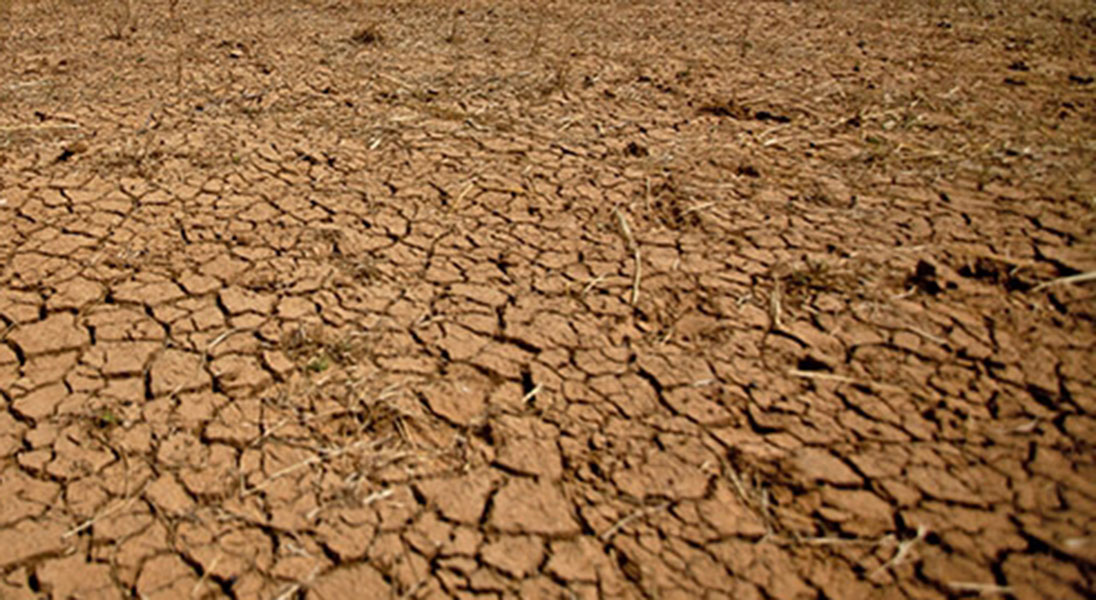
Sifelani Tsiko ---
The growth of genetically-modified crops in Africa declined marginally last year owing largely to a devastating El Nino-induced drought that affected most countries in eastern and southern Africa, according to a latest study released recently.
According to the pro-GM International Service for the Acquisition of Agri-biotech Applications (ISAAA) 2015 annual report on Global Commercialisation of Biotech Crops, a severe drought reduced acreage of GM corn in South Africa, the continent’s biggest grower, from three million hectares to 2.3 million hectares.
Declines were also registered in other countries as well, in a development that highlighted a marginal slow-down in the growth of genetically-modified crops for the first time following two decades of steady rises in global hectarage.
"For Africa, 2015 was the 18th year of successful commercialization of biotech crops,” said Dr Margaret Karembu, director of ISAAA AfriCenter.
“The cumulative hectarage from 1998 to 2015 in Africa stood at 3.5 million hectares (Ha). Three countries, Burkina Faso (350,000 Ha), South Africa (2.3 million Ha) and Sudan (120,000 Ha) spearheaded the commercialization of biotech crops. This production of biotech crops translated to an estimated economic benefit of approximately US$2 Billion.”
However, she said, in South Africa, severe drought reduced acreage of GM corn from three million hectares to 2.3 million hectares last year, contributing to a 23 percent decline on the continent’s GM hectarage.
Agricultural analysts say the decline also demonstrated the vulnerability of the continent to climate change and falling commodity prices.
The media also reported recently that Burkina Faso had abandoned its genetically modified cotton crop owing largely to poor global market prices and non-viability.
Despite, the drought and falling commodity prices, Dr Karembu said, the continent still registered some growth.
She said in 2015, South Africa approved the drought tolerant maize trait under WEMA – Water Efficient Maize for Africa project.
“This timely intervention will go a long way in mitigating the effects of climate change on food security,” ISAAA official said.
In Burkina Faso, Dr Karembu said the Government in consultation with key players in the cotton industry had decided to temporarily scale down the hectarage under insect resistant (Bt) cotton over the next two years, despite claims that the crop had become unviable.
The scaling down of the Bt cotton crop in Burkina, she said, was being done to allow scientists to address the short - staple length issue observed in current varieties.
“The short - staple length issues are in no way related to the Bt technology which continues to offer numerous benefits,” the ISAAA official said.
“By 2014, the farm income gains accrued by Burkinabe farmers amounted to US$41 million.”
Sudan’s fourth year of Bt cotton growing recorded an impressive 95 percent adoption rate. The ISAAA report said hectarage under Bt cotton soared six - fold from 20 000 ha in 2012 to 120 000 ha in 2015.
Close to 45 000 farmers planted Bt cotton in 2015 compared to the initial 10 000 farmers in 2012 indicating satisfaction with the technology, ISAAA reported.
Twenty years after the first genetically-modified plant was marketed, the worldwide acreage of GM crops reached 181,5 million hectares in 2014.
However, the area planted with biotech seeds fell by one percent last year in a development in which pro-GM ISAAA blamed the slowdown on the collapse of commodity prices including corn and cotton.
“ISAAA anticipates that total crop hectarage will increase when crop prices improve,” the organisation said in a statement.
In Africa, over the last 18 years, South Africa, Burkina Faso and Sudan were the three major GM crop growers.
South Africa grows GM maize, cotton and soybean while Burkina Faso and Sudan grow Bt cotton.
Eight other African countries, namely, Kenya, Cameroon, Egypt, Ghana, Malawi, Nigeria, Uganda and Swaziland have been conducting biotech crop field trials as a key step to approval for commercialisation.
The trials are focusing on key food security crops such as banana, cassava, cowpea, sorghum, sweet potato, maize, potato and rice.
As a result, ISAAA says, Africa could contribute five new biotech crops to the global biotech basket in the coming years.
Zimbabwe and most other African countries which are still to adopt GM crops, have taken a precautionary approach towards risk regulation of GMO products and technologies as reflected and reinforced by the adoption by several biosafety laws.
The regulatory politics and policies on GMOs have often been highly politicized, highly contentious and characterised by a suspicion of science and a mistrust of both Government and industry.
The road to the adoption of Bt cotton technologies is littered with landmines.
Supporters of GM crops have to grapple with vocal anti – GMO activists, limited capacity to deal with the processing of GM research applications, bureaucratic delays in approving field trials, mistrust and resistance from key decision makers in government and limited public awareness of the issues surrounding research and development of GM crops.
In addition, they have to contend with issues related to disease resistance, bottlenecks encountered when co-ordinating with other line ministries, trade related restrictions, biosafety regulation and the overwhelming influence of multinational companies, governments and their side – kicks – NGOs.
“We need to communicate correct information to our farmers,” says a pro-GM expert. “We must refrain from confusing our farmers with messages that say GM crops are a panacea. It’s not an overnight thing, they are many challenges that we face on the road to adoption.”
Africa has made huge strides in the development of its biosafety regulatory landscape.
In 1998, South Africa was the only country with a biosafety law but since then, 19 African countries have developed their biosafety legislation.
“During the period 1996 to 2015, biotech maize was successfully grown globally in about 15 countries by millions of farmers on 600 million hectares - these farmers benefitted from $50 billion of increased revenues,” said Dr Karembu.
“Unfortunately farmers in Africa (except South Africa ), where the need for improved maize is greatest, suffered a big opportunity cost because they were denied the chance to adopt biotech crops for lack of regulation and support in their respective countries.”
She said farmers in China and India have benefited immensely from biotech maize and cotton crops.
“In 2014 and 2015, an impressive 95 percent of India’s cotton crop was planted with biotech seed while China’s adoption in 2015 was 96 percent,” the ISAAA official said.
“Between 1997 and 2014, biotech cotton varieties brought an estimated $17.5 billion worth of benefits to Chinese cotton farmers, and they realized US$1,3 billion in 2014 alone.
“Thus Africa must focus on accelerating adoption of those proven technologies that are appropriate in addressing Africa’s unique challenges and reposition itself towards being a global player in development and ownership of emerging technologies.”
Since their introduction some two decades ago, worldwide acreage of GM crops reached 181,5 million hectares in 2014 with the United States being the world’s leader in GM foods despite recording a 2,2 million hectare decline in farmland given over to genetically modified crops in 2015.
From 1996 to 2014, biotech crops have successfully been grown on a cumulative area of 1,8 billion hectares, according to ISAAA.
Five developing countries—Brazil, Argentina, India, China and South Africa—grew almost half of all GM crops in 2015, the group said.
GMOs have sparked a hugely controversial debate across the world with anti-GM activists raising fears over health and environmental concerns.
On the other hand, pro – GM proponents and ISAAA say opponents of GM were “opposed to science/evidence-based regulation.”
They argue that demands for “onerous” regulation would hurt poor farmers more in developing countries.
“More farmers are planting biotech crops in developing countries precisely because biotech crops are a rigorously - tested option for improving crop yields,” said Clive James, founder and emeritus chair of ISAAA, who has authored the ISAAA report for the past two decades.
“Despite claims from opponents that biotechnology only benefits farmers in industrialized countries, the continued adoption of the technology in developing countries disproves that.”
No Comments



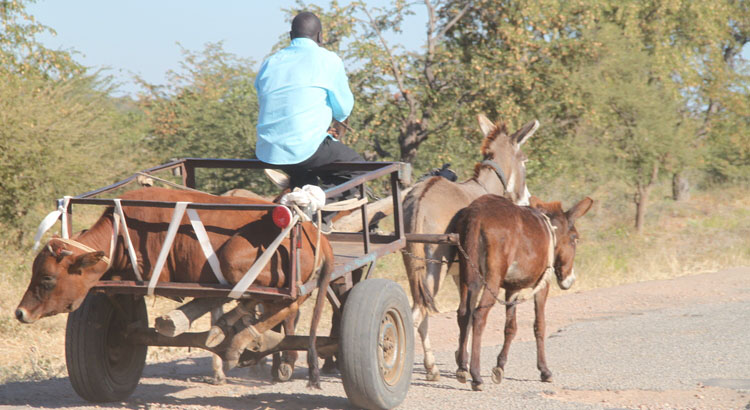


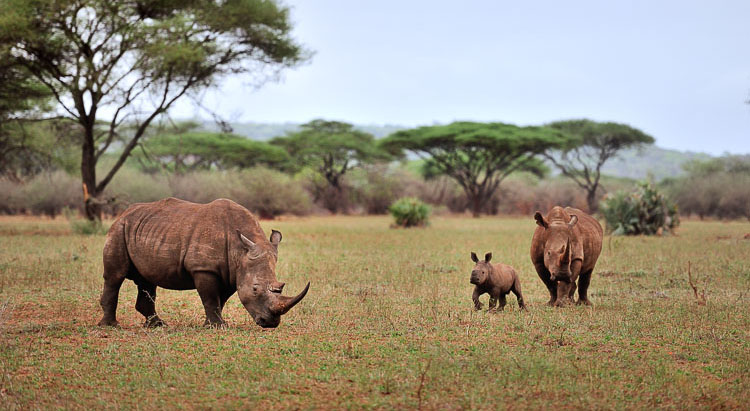
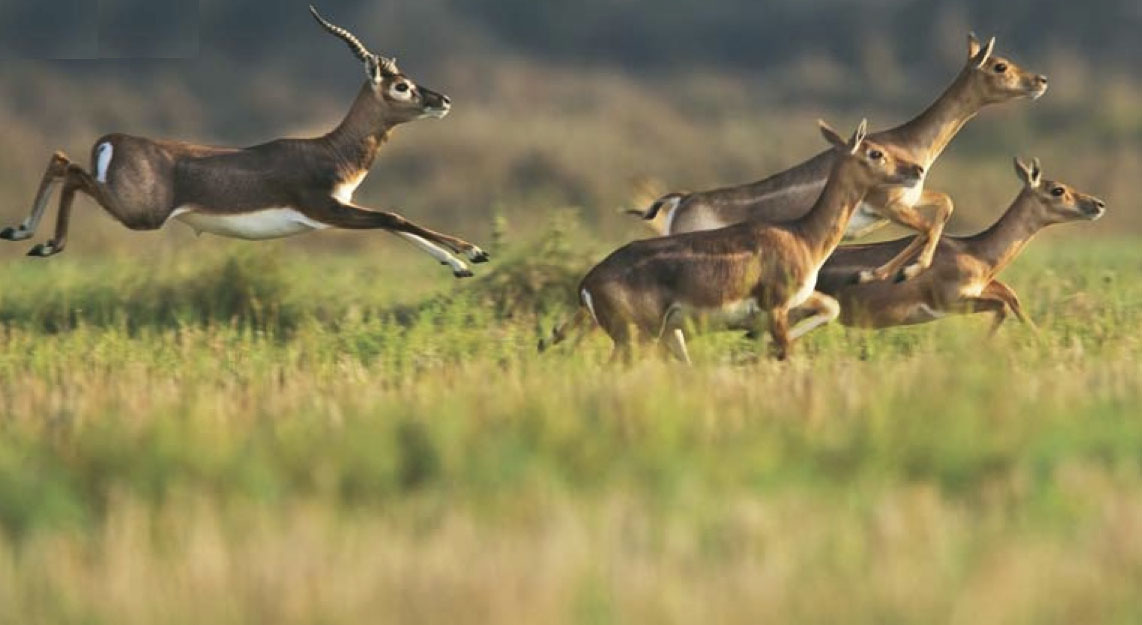


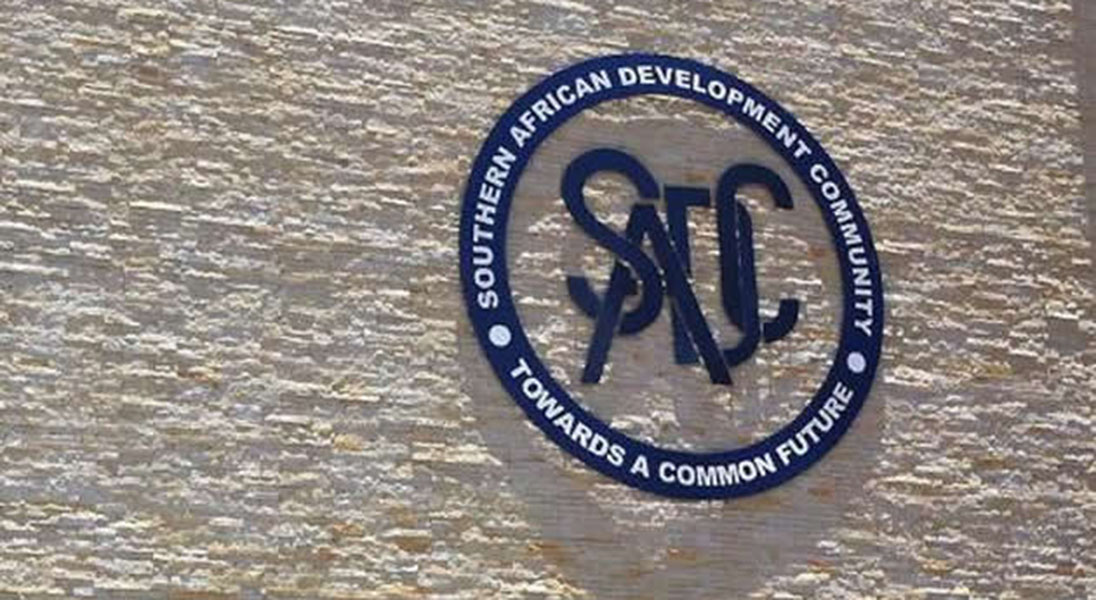
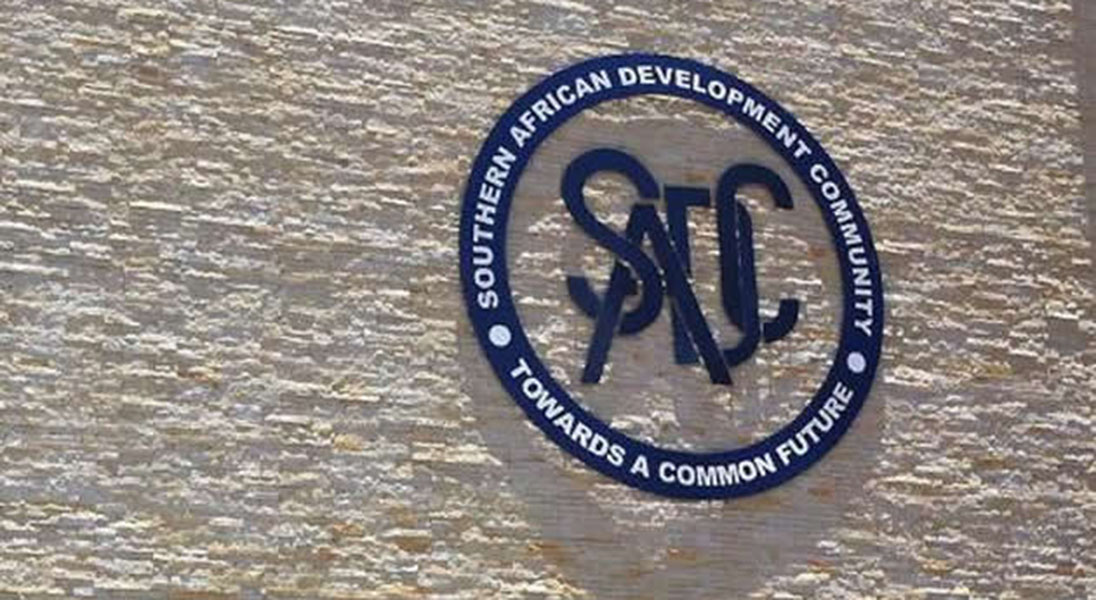

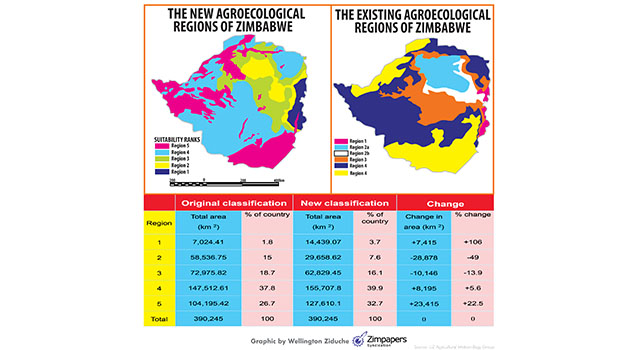
Comment